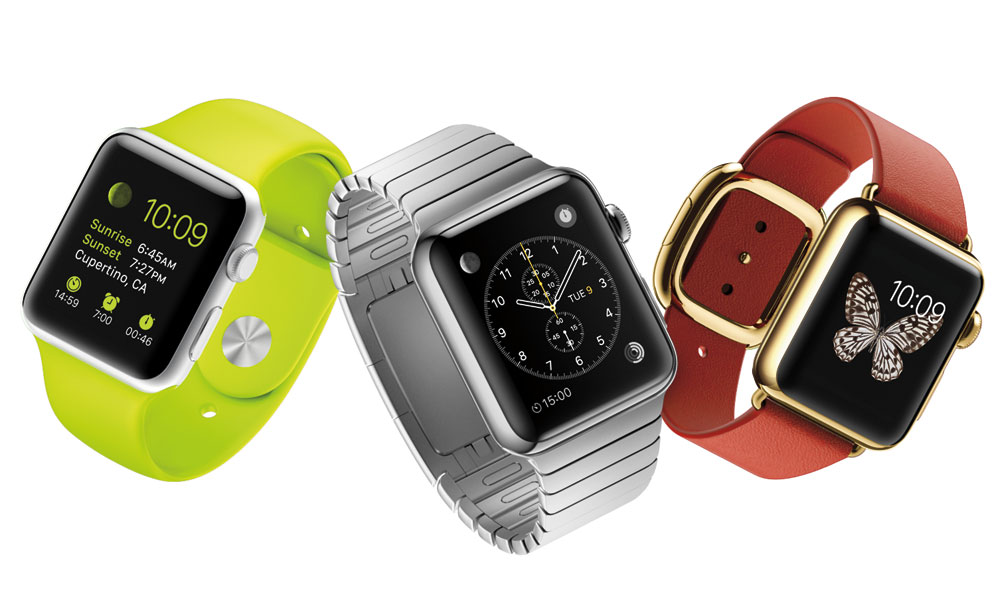
Tuesday Buzz: What Apple’s Got Up Its Sleeve
The iPhone-maker aims for the fences with its latest device reveal. Has it succeeded? Also: The Online News Association reflects on an extremely insightful new-media document.
The iPhone maker aims for the fences with the unveiling of its latest devices. Has it succeeded? Also: The Online News Association reflects on an insightful new-media document.
For years, the complaint about Apple’s technology-intro events is that they were boring, with no surprises.
That certainly can’t be said about what the mobile and computing giant did today, releasing two new iPhones and a watch that does a lot more than tell time. For association pros, here are a few things to take note of:
The new iPhone, in two sizes: Everyone knew that the iPhone 6 was going to be announced today, and the company didn’t disappoint, giving the device a size refresh that matches some of its Android competitors. The screen has incredibly high resolution and stronger contrast. And apparently the camera’s a lot better at shooting video, too.
Apple wants to kill the credit card: With its new mobile payments platform, Apple Pay, the company wants to make it possible for people to ditch wallets once and for all. The near field communication (NFC) technology in the iPhone 6—already common in Android smartphones—comes with extra security in the form of Apple’s fingerprint scanner. But it’s the wide-ranging deals with companies as diverse as Whole Foods and McDonald’s to accept Apple Pay that could make the difference here.
The Apple Watch (not iWatch) isn’t cheap, but it’s packed with interesting ways to communicate with others. Among them: a move beyond texting. Want to tell someone you love them? Send a drawing, a tap, or a heartbeat. The device, which starts at $349 and will be released in early 2015, must be used with an iPhone. The platform will be open for developers who want to build apps. Oh, yeah: It tells time, too.
Want to get people’s attention at an event? Try a freebie. Apple announced it was giving away U2’s newest album, Songs of Innocence, to all iTunes users. It’s like Frampton Comes Alive for the mobile set.
So, did Apple succeed at this whole big reveal?
Applying a Document’s Big Lessons
What's next for the New York Times Innovation Report? Find out in this #ONA14 keynote. http://t.co/yO6nN3Pvce
— Online News Association (@ONA) September 8, 2014
Hand it to The New York Times for asking big questions about itself.
You might remember a few months back that an internal Times document, leaked as Executive Editor Jill Abramson was making her exit from the newspaper, was hailed for pinpointing weaknesses in innovation at an organization that had long been credited for successfully transitioning to the digital age.
Rather than simply letting the report speak for itself, the Times hopes to apply all the stuff it learned during its deep dive—and the Online News Association is going to play host to its upcoming progress report. In the keynote address at ONA’s annual meeting, taking place Sept. 25-27 in Chicago, three staffers from the newspaper—Tyson Evans, Alex MacCallum, and Amy O’Leary—will analyze the steps taken since the report went viral last May. Should be a good conversation piece. (ht @ONA)
Other good reads
“If email is truly the scourge that it is painted out to be, what explains its holding power?” Siobhan Fagan of CMSWire rounds up some smart minds to talk about everyone’s favorite technology punching bag.
The Google+ death watch continues over at SocialFish.
Feeling demotivated by your job? LifeHacker‘s Mihir Patkar breaks down some ways to get the energy back.
(Apple press photo)






Comments